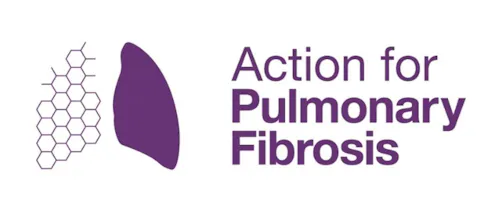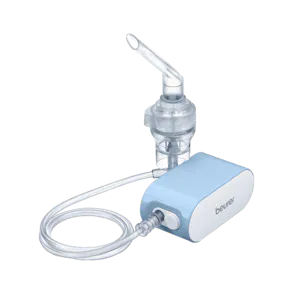What do we know about Idiopathic Pulmonary Fibrosis?
IPF kills 5,000 people in the UK every year but it doesn’t have a high profile and is poorly understood.

'Idiopathic’ means the cause is not known and we still don’t always understand the reasons why someone may develop pulmonary fibrosis. Researchers now believe that in people with IPF after the lung suffers an initial injury the body tries to heal the damaged area of lung but creates too much scar tissue. This is called fibrosis. Over time, the scarring gets worse and it becomes hard to take in a deep breath and your lungs cannot take in enough oxygen. IPF is just one form of interstitial lung disease. It mainly involves the interstitium which is the tissue and space around the air sacs of the lungs. There are many other kinds of interstitial lung disease that can also cause inflammation and/or fibrosis, and these are treated differently. It is important to work with your doctor to determine if you have IPF as this will influence your treatment.
Symptoms & causes
Symptoms of IPF include feeling short of breath, even when your resting, a persistent cough and ‘clubbing’ of your fingers and toes. Clubbing is when pools of fluid appear at the ends of the fingers and toes creating a rounding effect. It usually occurs in stages, with the fingernails lifting from the nail bed first and then they enlarge and start to round. There are many possible reasons suspected for developing the disease such as environmental factors and lifestyle choices. Factors such as working in occupations where you might be exposed to fine dust particles, toxins or chemicals could contribute to you developing pulmonary fibrosis. Smoking is also considered a risk factor and having an autoimmune disease puts you at a higher risk as do some medications and treatments such as chemotherapy. Some people are genetically predisposed to develop IPF when their lung is damaged. The scar tissue cannot currently be changed back to healthy tissue, so there is no cure yet for IPF. Current treatments aim to slow the rate of scarring, but they do not stop it.
What happens now?
Treatments include pulmonary rehabilitation, an exercise programme, which will help you cope with the feelings of breathlessness. Oxygen therapy if the level of oxygen in your blood falls this could be from a portable oxygen cylinder or an oxygen concentrator at home. Medication to help with symptoms as well as medication to slow the scarring in your lungs. Only rarely are people offered a lung transplant.
IPF is an irreversible, progressive disease. So it is important to learn good coping skills and educate yourself about the disease as much as possible. Stopping smoking (if you do smoke) is the most important thing you can do to help slow down the progression of any lung disease. Others things you can do include remembering to get your flu vaccine every year as well as one for pneumonia. Keep away from people with chest infections and colds and wash your hands properly and often.
Staying fit and healthy is important too and you can find some useful hints and tips on how to get started on our blog post - Can you improve your lung function? It’s important to look after your mental health too and the British Lung Foundation has a list of support groups where you can make new friends who know what you're going through, and get lots of information about pulmonary fibrosis.
Ongoing support
Action for Pulmonary Fibrosis is a charity dedicated to raising awareness of the disease as well as improving the quality of life for patients and funding research. Founded in 2013 by patients, family members and IPF specialists, they are now recognised at a national level. They raise awareness of the disease by talking to the medical professionals, decision-makers and the wider public. They actively campaign to parliament, the NHS and policy-makers to represent patient interests and encouraging prompt diagnosis. They support research into improved outcomes and greater understanding of the disease and to champion research programmes and one of their key aims has been to increase the number of IPF support groups and to make them accessible to as many patients as possible. If you are newly diagnosed, living with pulmonary fibrosis or have a family member who needs support why not take a look at their website.
Photo credits: Pixabay, Action for Pulmonary Fibrosis







